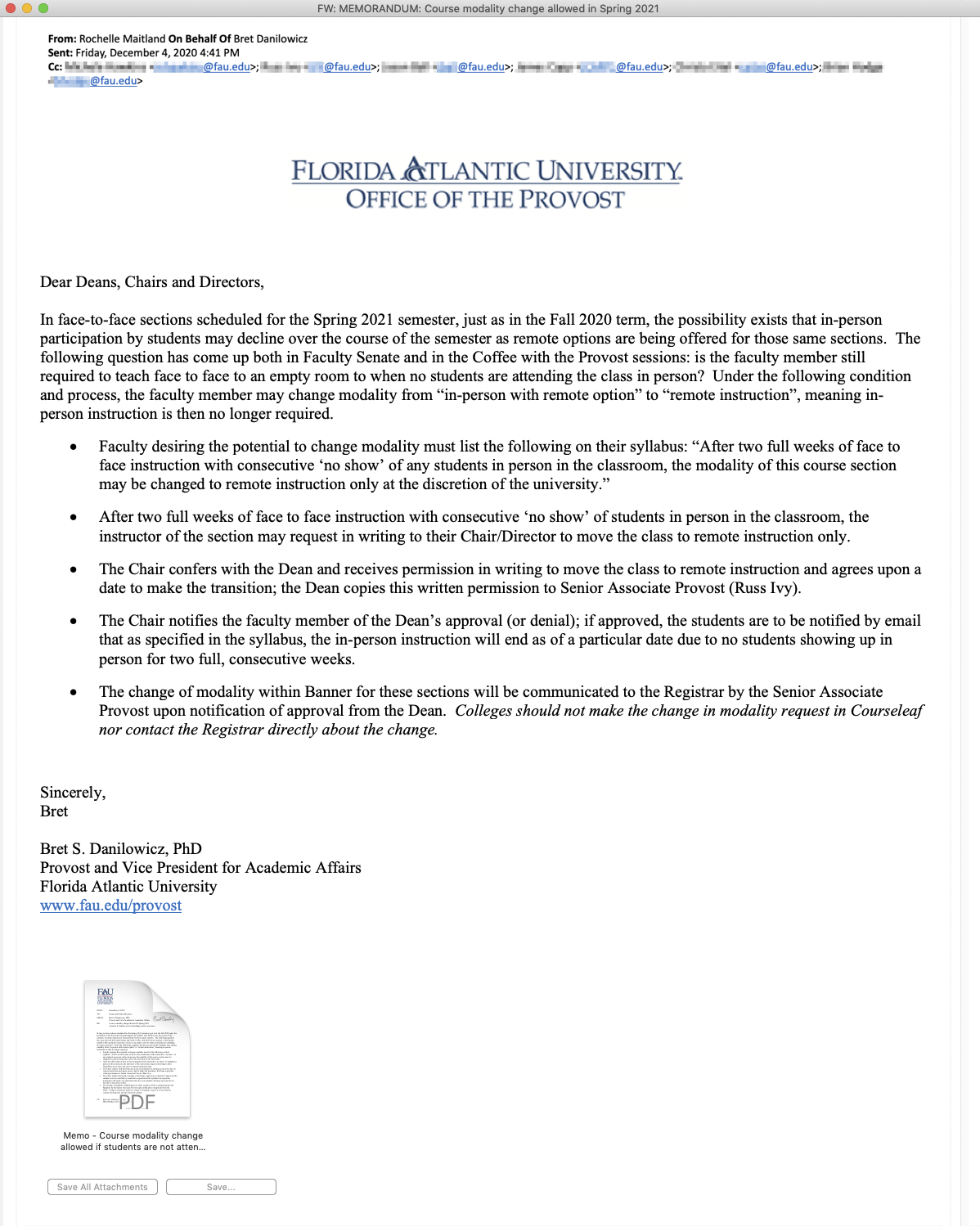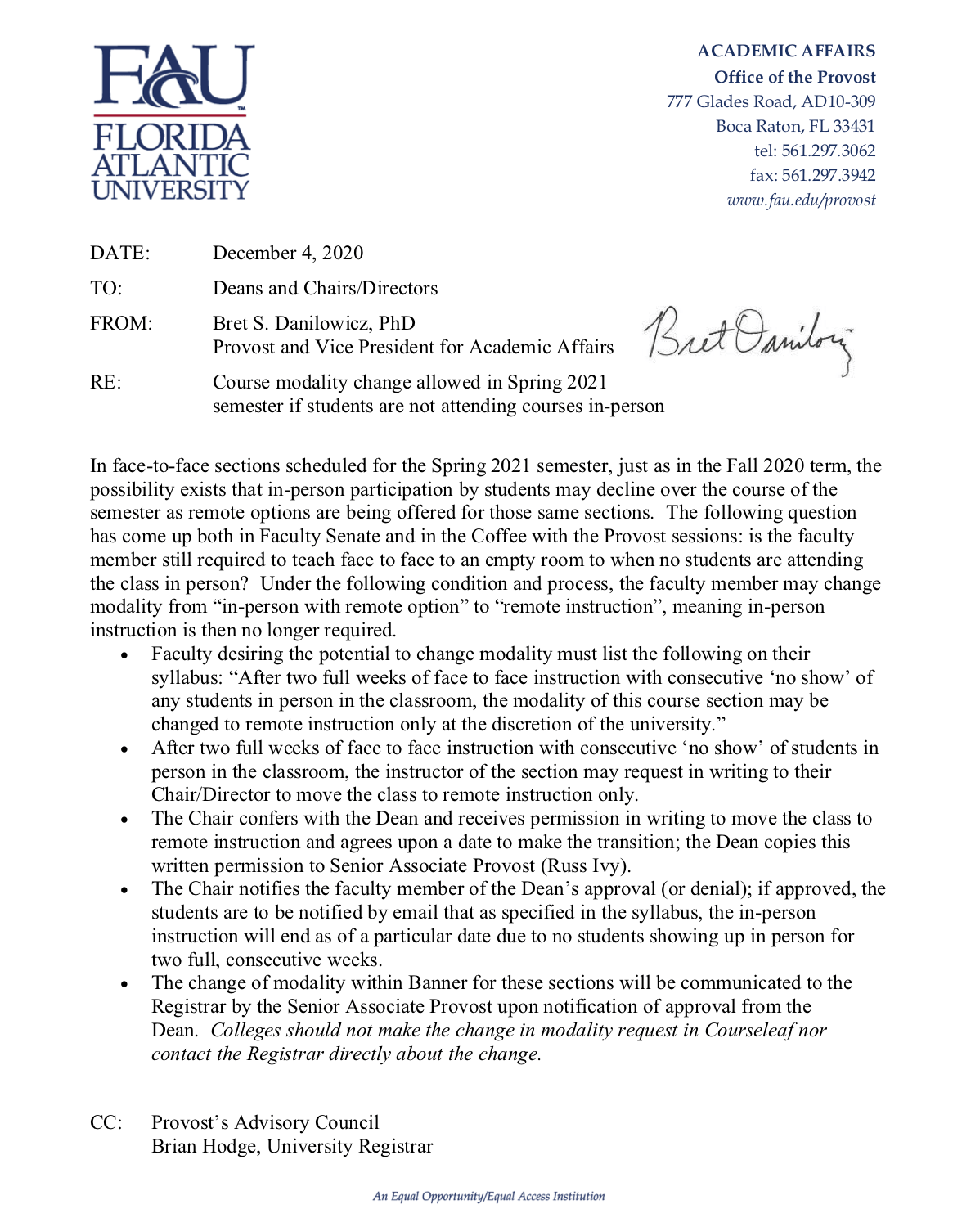PROFESSIONAL CORRESPONDENCE Memos as Email Attachments
So, the memo-as-email-attachment is a weird sort of hybrid genre…
…or maybe a double genre?
Memos As Email Attachments: What Are They?
In my experience, memos that are sent as email attachments are often a type of Procedure and Information Memo. Procedure and Information Memos usually flow downward from administration, supervisors, and management to employees. They deliver official company/organization information—such as official policies—and often describe the procedures needed to implement the policies, guidelines, requirements, or standards.
For convenience, I’m going to call this type of Procedure and Information Memo a policy memo attachment.*
Policy Memo Attachments: Emailed AND Posted
Policy memo attachments are often emailed to members of an organization (so members are informed immediately) AND filed or posted somewhere as part of an official set of policies.
In these instances, the policy memo attachment is a sort of stand-in for a paper document—it’s more official, carries more weight and seriousness, and draws on the institutional hierarchy, credibility, and identity in a way an email just can’t.
As a paper document stand-in, policy memo attachments usually employ official identity marks of the organization (such as a header and footer) and handwritten initials verifying authorship and authority.
Let’s walk through what FAU administration does to distribute policy to faculty, staff, and students.
Although it’s cut off in the screen capture image, the full subject line of this email is “MEMORANDUM: Course modality change allowed in Spring 2021 semester if students are not attending courses in-person.”
Example & Explanation (The Context)
The message is a response to a very recent situation no one anticipated. While many faculty members were/are required to teach in person for the Spring 2021 semester, students have the option to attend in person or attend online. Students might attend classes on campus for a week or two, but then decide to attend remotely for the rest of the semester.
This means that some faculty members required to teach on campus are teaching classes to an empty room (because all of the students have decided to attend remotely).
Faculty members raised a question at Faculty Senate meetings and Coffee with the Provost events: “is the faculty member still required to teach face to face to an empty room to when no students are attending the class in person?”
The message indicates a shift in policy that responds to the question above.
In short, the message says that if all students are “no show” for two full weeks, faculty may request—and gain permission to—move their classes to “remote instruction.” Of course, the move requires notifications, permissions, etc., and the message explains procedures required.
After recognizing the question and need for further guidelines for faculty, this message was written and sent on behalf of our Provost (and Vice President for Academic Affairs), Bret Danilowicz. It was sent by the Provost’s Executive Assistant to the deans; the deans sent the message to the department chairs; and the department chairs sent the message to the faculty.
The main text of the message is the same text that’s included in the attachment.
While many faculty members were required to teach in person for the Spring 2021 semester, ” is the faculty member still required to teach face to face to an empty room to when no students are attending the class in person? The question was” It contains information on just that. In plain English, the message lets faculty (and department chairs and supervisors) know that if students email contains information on course modality changes allowed in Spring 2021.
*************
 |
|


